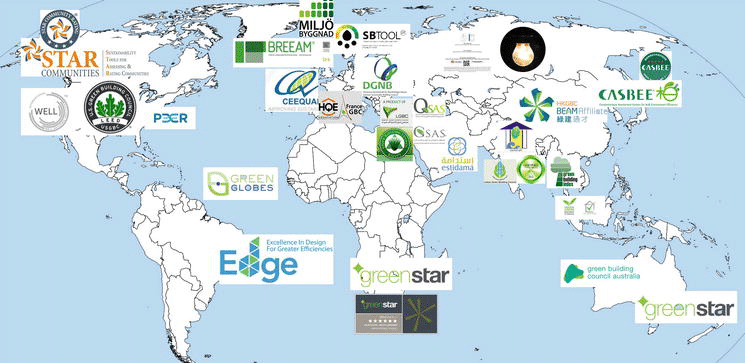About
Zero net energy (ZNE) buildings, commonly referred to as net-zero buildings, are gaining momentum as an emerging green building trend across the world. All ZNE projects are not perfect, and most are connected to the grid and occasionally do consume non-renewable energy based on demand. However, they also typically return excess energy to the grid, effectively canceling out their energy use over extended periods. What project owners and designers lack in the current green building market is a clear way to measure the viability of a ZNE project. That’s where zEPI comes in. The funny-sounding acronym stands for Zero Energy Performance Index and was introduced to the world in the 2015 International Green Construction Code (IgCC), a code that seeks to standardize green building around the world.
Join us as we explore this topic through this article.
This course is offered in article format and you may download it.
What you will learn
- Understand the genesis of zEPI
- Identify the importance of zEPI in green building design and operation
- Analyze how zEPI works
- Compare zEPI with Energy Star Rating and CBECs










